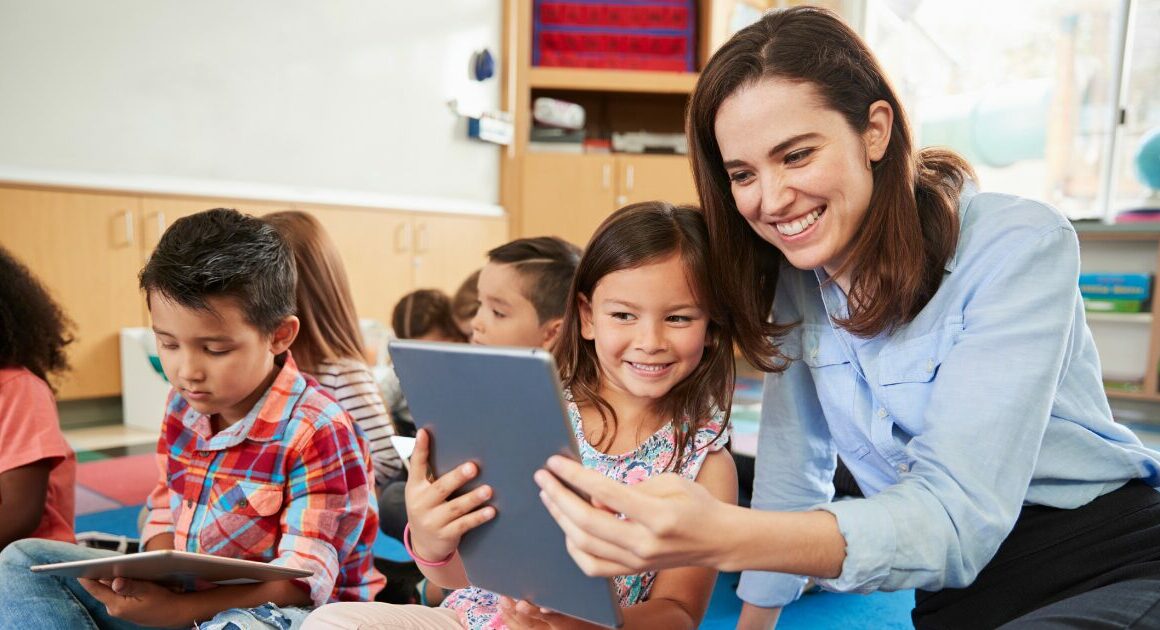Introduction How AI Learns Explained:
Embarking on the quest to understand how AI learns is akin to unraveling the mysteries of the human mind. But what if we told you that the process of AI learning isn’t all that different from how we, as humans, learn? In this blog post, we’ll take a journey into the heart of AI learning, drawing parallels to our own learning experiences and showcasing real-world examples along the way.
How AI Learns:
1. Data Gathering:
Imagine AI as a curious learner, eagerly soaking up knowledge from its surroundings. Just as we absorb information from books, conversations, and experiences, AI systems gather data from diverse sources such as sensors, databases, and the internet. Example: Think of a virtual assistant like Siri or Alexa. These AI-powered companions continuously collect data on user interactions to improve their understanding and responsiveness.
Example: Think of a virtual assistant like Siri or Alexa. These AI-powered companions continuously collect data on user interactions to improve their understanding and responsiveness.
2. Data Processing:
Much like how we make sense of the world by processing information, AI algorithms analyze the data they’ve gathered, identifying patterns and extracting meaningful insights. Example: Image recognition algorithms, like those used in facial recognition technology, sift through vast amounts of visual data to identify familiar faces—a process reminiscent of our own ability to recognize friends and family in a crowd.
Example: Image recognition algorithms, like those used in facial recognition technology, sift through vast amounts of visual data to identify familiar faces—a process reminiscent of our own ability to recognize friends and family in a crowd.
3. Training Phase:
AI enters its learning phase, where it refines its understanding through exposure to labeled or unlabeled data. Through techniques like supervised or unsupervised learning, AI systems tweak their parameters to enhance performance. Example: Consider recommendation systems used by streaming platforms like Netflix. These AI algorithms learn our preferences by analyzing our viewing history and interactions, serving up personalized recommendations tailored to our tastes.
Example: Consider recommendation systems used by streaming platforms like Netflix. These AI algorithms learn our preferences by analyzing our viewing history and interactions, serving up personalized recommendations tailored to our tastes.
4. AI Learns Feedback Mechanisms:
Feedback is crucial for AI learning, just as it is for human learning. Evaluation metrics help AI models assess their performance, enabling them to learn from mistakes and iterate for improvement. Example: In autonomous vehicles, AI algorithms receive constant feedback from sensors and cameras, allowing them to adjust their driving behavior in real-time based on road conditions and traffic patterns.
Example: In autonomous vehicles, AI algorithms receive constant feedback from sensors and cameras, allowing them to adjust their driving behavior in real-time based on road conditions and traffic patterns.
Similarities Between AI Learning and Human Learning:
1. Pattern Recognition:
Both AI systems and humans excel at recognizing patterns—a fundamental aspect of learning. Whether it’s identifying speech patterns or deciphering handwriting, AI and humans share a knack for pattern recognition.
2. Adaptation to New Information:
Like humans, AI models can adapt to new information and adjust their behavior accordingly. Just as we learn from new experiences and adjust our actions, AI systems incorporate fresh data to refine their understanding and decision-making processes.
3. Trial and Error:
AI learning involves a process of trial and error, much like how humans learn from experimentation and feedback. Whether it’s fine-tuning algorithms or refining strategies, both AI and humans embrace iterative learning processes.
4. Complexity Handling:
Both AI and human learning can tackle complex concepts and tasks, breaking them down into manageable components for understanding. From deciphering complex data sets to mastering intricate tasks, AI and humans share a capacity for grappling with complexity.
Conclusion on How AI Learns:
As we’ve journeyed through the realm of AI learning, we’ve discovered that the process isn’t as alien as it may seem. From data acquisition to adaptation, AI mirrors many aspects of our own learning journey. By understanding these parallels and drawing inspiration from real-world examples, we not only gain deeper insights into AI technology but also reaffirm the remarkable capabilities of human intelligence. As we continue to explore the symbiotic relationship between artificial and human learning, we embark on a collective quest for knowledge and understanding that knows no bounds.
For additional resources and insights on AI in education, explore here.
Subscribe to stay informed on AI Learning in Education!
Stay updated on the latest trends and tips for integrating AI in education. Subscribe to our blog here.



